What’s so great about Intel’s Sandy Bridge?
Intel’s latest generation of processors, codenamed Sandy Bridge, was recently released to huge acclaim. Clive Webster investigates what all the fuss was about.
Intel's latest range of processors shows a significant change in Intel's approach to computing, as its latest Sandy Bridge processor architecture has been engineered for laptops. A few years ago, describing a processor as for laptops' would have been a polite way to say it was pointlessly slow or extortionately priced. However, this new range of processors is not only very power-frugal, but also very fast and yet reasonably priced. The only downside is determining a Sandy Bridge CPU from a previous-generation Core i3, Core i5 or Core i7 processor.
Intel is (erroneously) referring to the Sandy Bridge range as its 2nd Generation Core processor, but we've had Intel CPUs branded as Core since early 2006 and have seen at least three new Core-branded CPU designs since then. Intel hopes that the 2nd Generation' tag differentiates the new range of Core i3, Core i5 and Core i7 processors from the previous range.
Another way to spot a Sandy Bridge processor is that the model number is four digits long while previous-generation CPUs have three-digit model numbers. The final clue to finding a Sandy Bridge CPU is the new socket: LGA1155. It might sound less complex than the LGA1156 socket it essentially replaces, but it's a completely new (and incompatible) design. The LGA1156 range will continue as a cheaper option, however.
Get the ITPro daily newsletter
Sign up today and you will receive a free copy of our Future Focus 2025 report - the leading guidance on AI, cybersecurity and other IT challenges as per 700+ senior executives
-
 Bigger salaries, more burnout: Is the CISO role in crisis?
Bigger salaries, more burnout: Is the CISO role in crisis?In-depth CISOs are more stressed than ever before – but why is this and what can be done?
By Kate O'Flaherty Published
-
 Cheap cyber crime kits can be bought on the dark web for less than $25
Cheap cyber crime kits can be bought on the dark web for less than $25News Research from NordVPN shows phishing kits are now widely available on the dark web and via messaging apps like Telegram, and are often selling for less than $25.
By Emma Woollacott Published
-
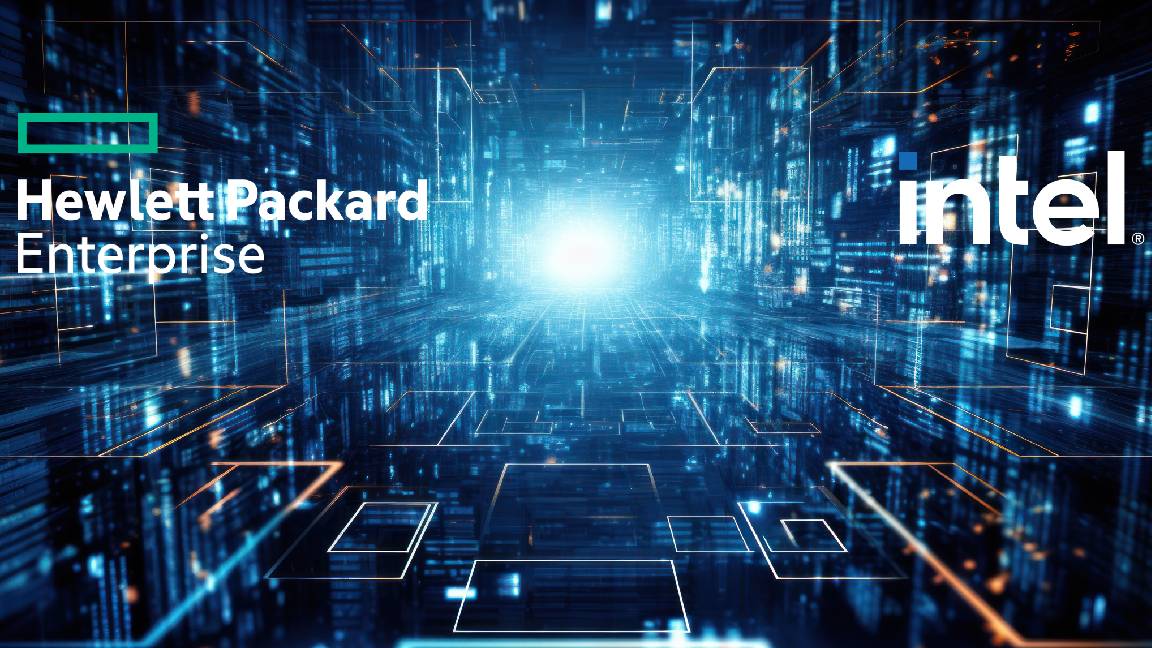 Gaining timely insights with AI inferencing at the edge
Gaining timely insights with AI inferencing at the edgeWhitepaper Business differentiation in an AI-everywhere era
By ITPro Published
-
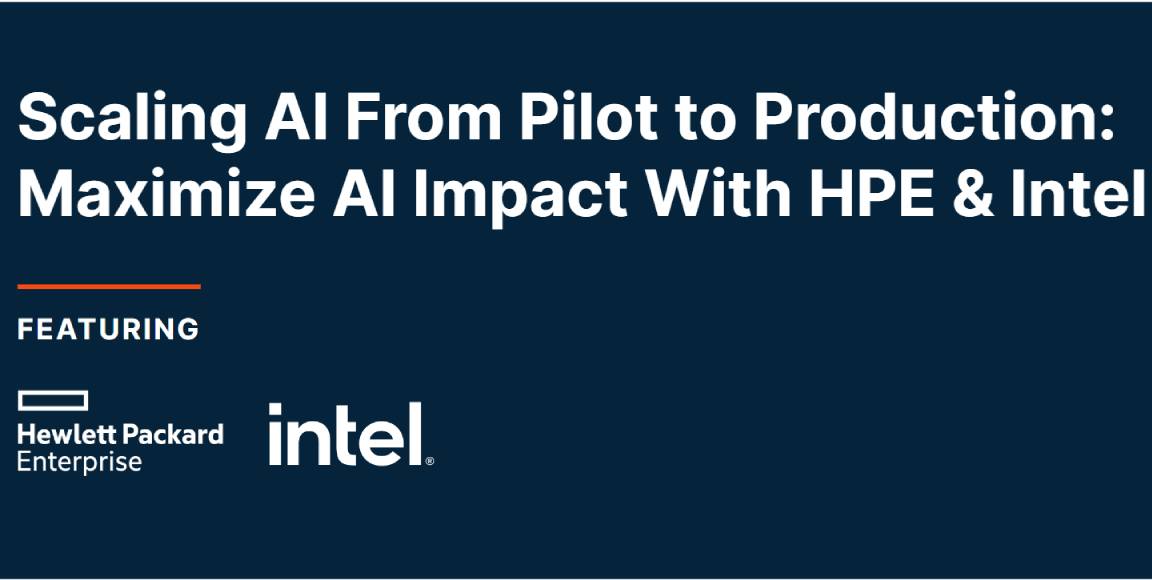 Scaling AI from pilot to production: Maximize AI impact with HPE & Intel
Scaling AI from pilot to production: Maximize AI impact with HPE & IntelWhitepaper Transform AI proof-of-concepts into full-scale implementations
By ITPro Published
-
 UK supercomputer boom as HPE and Dell receive funding for new AI cluster
UK supercomputer boom as HPE and Dell receive funding for new AI clusterNews The UK’s AI computing capabilities will increase by an order of magnitude in 2024
By Rory Bathgate Published
-
 AI gold rush continues as Hugging Face snags $235 million from IBM
AI gold rush continues as Hugging Face snags $235 million from IBMNews The investment round, which brings the company's valuation to $4.5 billion, also includes Amazon, Google, Intel, and Salesforce
By Richard Speed Published
-
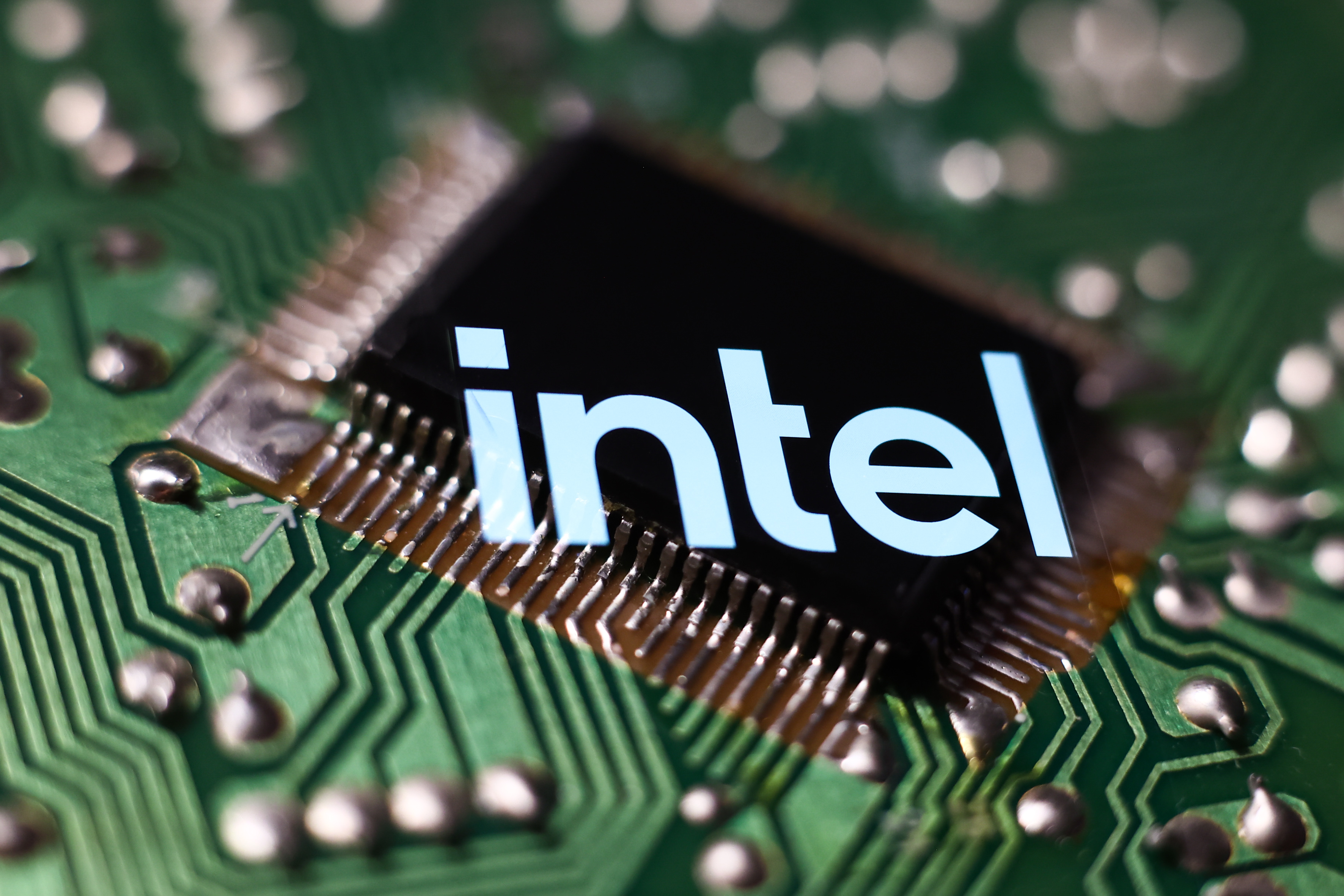 Why is ASUS reviving Intel’s NUC mini-PC line?
Why is ASUS reviving Intel’s NUC mini-PC line?News The diminutive PC is to rise again while analysts look for the business case
By Richard Speed Published
-
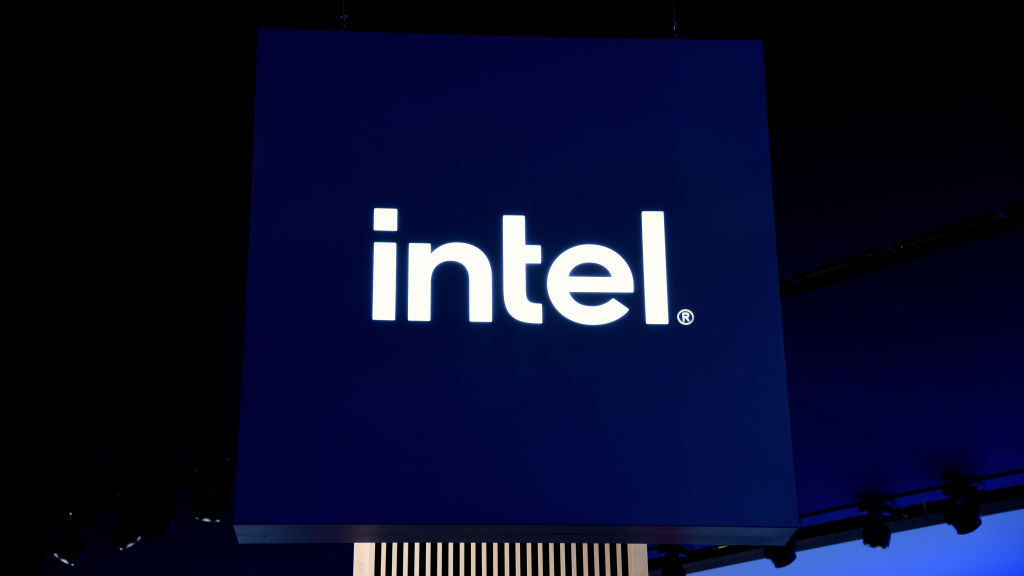 Intel targets AI hardware dominance by 2025
Intel targets AI hardware dominance by 2025News The chip giant's diverse range of CPUs, GPUs, and AI accelerators complement its commitment to an open AI ecosystem
By Rory Bathgate Published
-
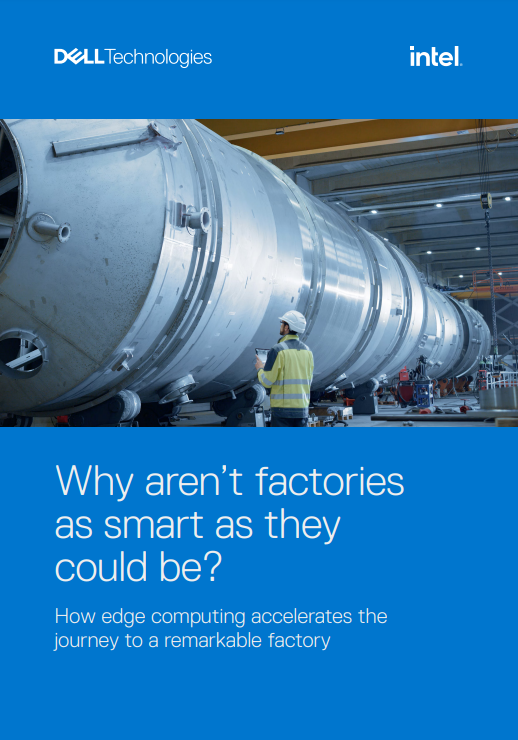 Why aren’t factories as smart as they could be?
Why aren’t factories as smart as they could be?Whitepaper How edge computing accelerates the journey to a remarkable factory
By ITPro Published
-
 Who needs Intel vPro®, An Intel® Evo™ Design, anyway?
Who needs Intel vPro®, An Intel® Evo™ Design, anyway?Sponsored With flexible work on the up, the demand for high performance on-the-go business laptops has never been greater
By ITPro Last updated